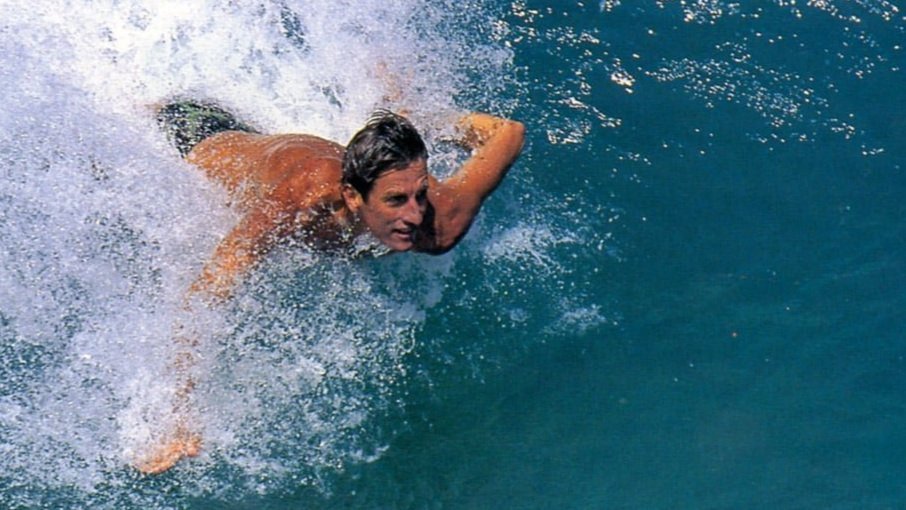The Benefits of Bodysurfing for Your Surfing
Bodysurfing Legend Mark Cunningham utilizing his body to ride a wave in Hawaii
As beginner or intermediate surfers, sometimes we rely on our boards too much. Big boards are great for learning how to paddle and pop up, but they can be hard to manage, prevent us from getting past the break efficiently, and be too forgiving when it comes to wave positioning and catching waves. One way to gain a ton of wave knowledge off your board is by bodysurfing.
Bodysurfing is a great way to get a sense where all the energy in the wave is and how to use it most efficiently. Once you have a general understanding of how to utilize the least amount of energy getting past the break and paddling into waves, then incorporating a board is a lot less taxing.
The best part about bodysurfing is it’s not very fancy. Body surfing has the lowest cost of entry for any wave-riding sports. Specialized fins and/or handplanes help get you into the wave, but you can also just hop in the water and start catching waves just as easily without fins or handplanes. Here are some ways that bodysurfing can help improve your surfing:
Wave Positioning
When surfing as a beginner, we tend to sit way too far outside the break to make sure we don’t accidentally get tossed by a big outside set. The issue is that it causes us to miss a ton of really good waves! Beginners and intermediates also might struggle to locate the peak of the wave when they are sitting so far out. In bodysurfing, you have to be very close to where the wave is breaking to be able to get into it. Doing this will help you to gain some muscle memory on how and where different kinds of waves will break, which will make positioning yourself on a wave with a board so much easier.
Timing
A lot of times beginner and intermediate surfers feel lost when trying to catch the wave – particularly the feeling of the water picking you up and then pushing you down the wave. The key to a well-positioned and well-timed popup is knowing when it’s time to place your legs underneath you based on the information that the wave is providing. In body surfing, since your body is the board, you can really get that feel of exactly when you’ve caught the wave and can harness its power.
Paddling Technique
Another often overlooked aspect of surfing is how our body posture helps with our paddling. To body surf effectively, you really have to make sure your body posture is streamlined and your weight is distributed correctly to have the longest rides. We use this same posture to minimize drag when paddling into waves with boards. This is something that can only really be learned by feel, which is why bodysurfing is a great place to start.
How to bodysurf a wave:
First, start in shallow water, where your feet still touch the ground. Wait for the wave to come to you and get as low as you can.
Next, when the wave is almost touching you, spring forward with your hands in front of you and your body as long as possible. Keep your head down and kick your feet like flippers if needed.
If you time this right, then you should feel the wave pick you up and carry you toward the beach. remember to stay as long as possible to cover the most distance.
If you have fins or hand paddles, you may want to try to go a little deeper. Try to find where the wave is peaking, and see if you can lean in the direction that the wave is breaking to go down the line. Going deeper will also provide a good opportunity to practice duck diving incoming waves without a board.
Always keep at least one hand straight in front of you. It will help create a bigger ‘plane’ to catch the wave, and protect your head and body from the sand bottom, debris, or any other swimmers around.

